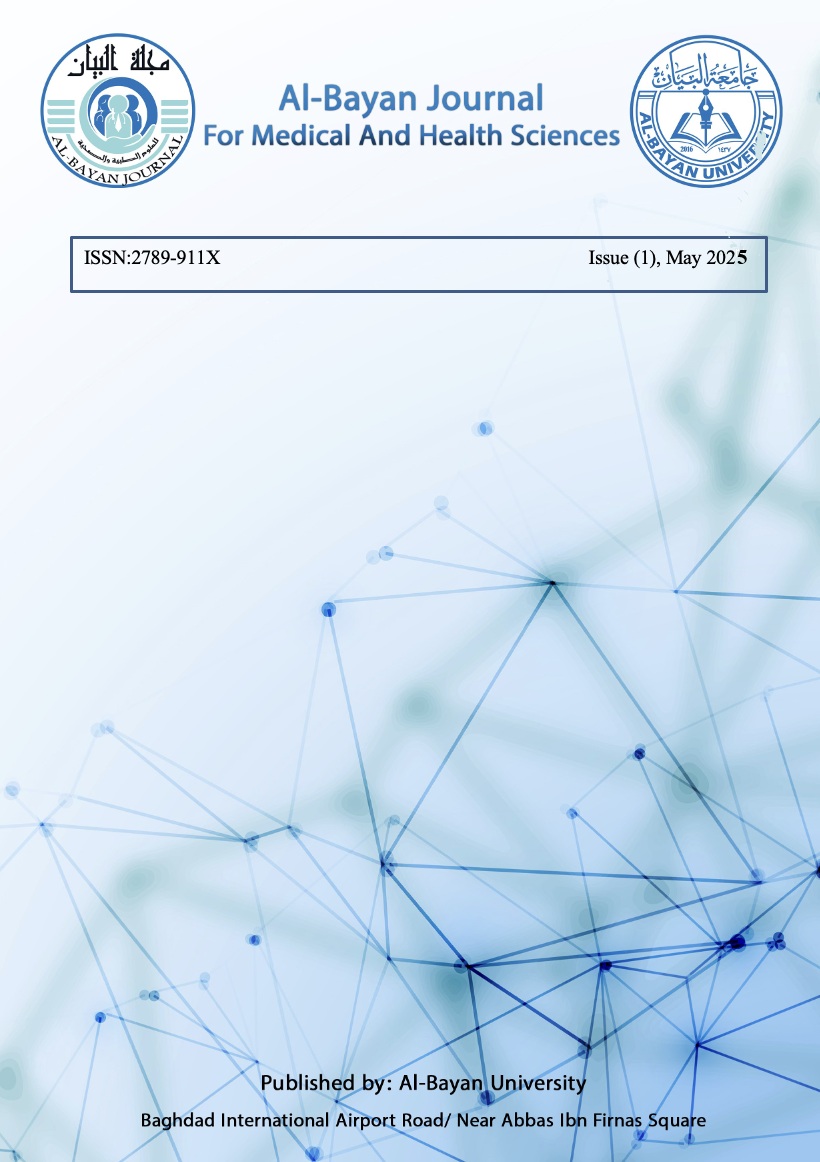Bone Augmentation Strategies for Implant-Site Development: Materials, Techniques, and Clinical application
Keywords:
bone grafts, guided bone regeneration, immediate implantAbstract
Alveolar bone augmentation plays a pivotal role in ensuring predictable implant rehabilitation by restoring lost bone dimensions critical for both function and esthetics. Guided Bone Regeneration (GBR) remains a key approach for achieving graft stability, space maintenance, and tension-free closure in complex defects. Integrating minimally invasive techniques and biologically compatible grafts has enhanced regenerative predictability, reduced complications, and supported long-term implant success. This review explores various bone graft materials, including autografts, allografts, xenografts, and alloplasts, highlighting their biological properties, osteoconductive and osteoinductive potential, and their clinical applications. A coherent and detailed search was done using terms “Autograft”, “Xenograft”, “Ridge Augmentation”, “Immediate implant”, “updates in bone graft application” from PubMed and google scholar database conducted till June 2025. Following that, all of publications were exhaustively investigated and well presented in this review. Implant therapy in compromised sites demonstrates high predictability when deficient alveolar bone is effectively reconstructed through Guided Bone Regeneration principles and the strategic selection of grafting materials. Clinical applications benefit from minimally invasive approaches and precise defect evaluation, leading to reduced complications and improved patient outcomes. Advances in biomimetic and bioactive graft materials are expected to further enhance bone regeneration, offering more predictable, minimally invasive, and long-lasting implant rehabilitation outcomes.
Downloads
Published
Issue
Section
License
Copyright (c) 2025 dania oday (Author)

This work is licensed under a Creative Commons Attribution 4.0 International License.

